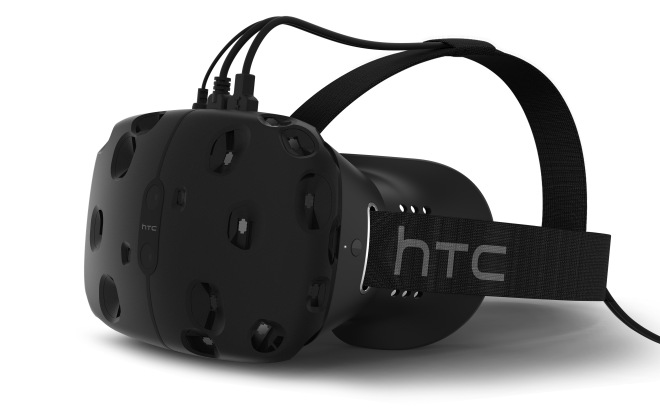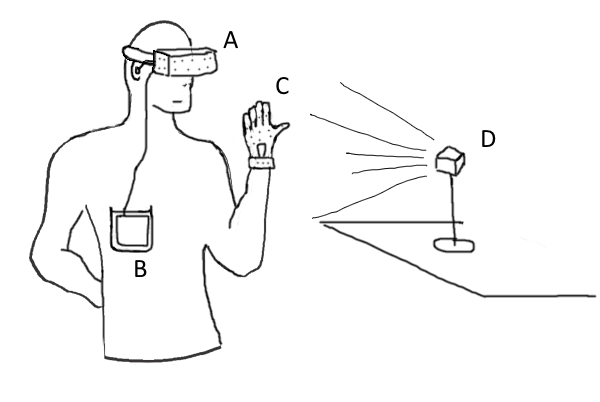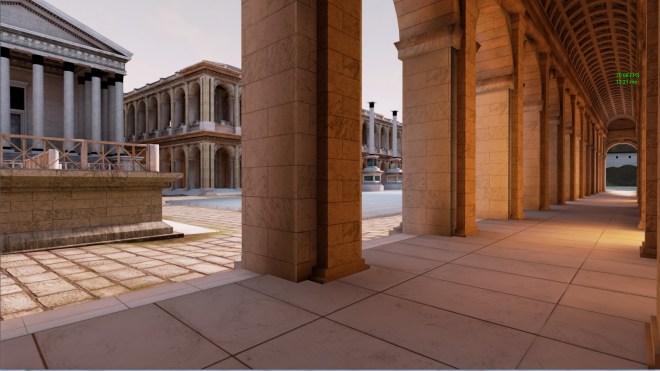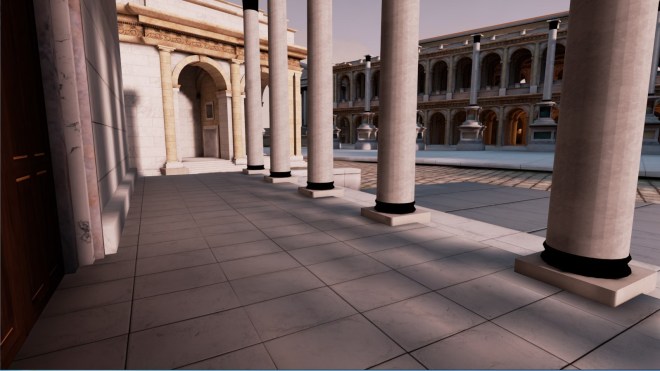In the beginning it was Oculus. And it was Oculus who started it all, particularly a young boy, Palmer Luckey, whose enthusiasm for VR eventually infected an entire group of entrepreneurs to form their company, and even spreaded to one of the greatest legends in the creation of videogames, John Carmack.
So far the story was perfect. Oculus marveled the world each semester with new iterations of its products, and VR do not stopped on everyone’s lips thanks to them. Oculus lavished in fairs and events and fever spread like wildfire, creating a huge community of fans, enthusiasts and developers, especially indies.
Then came the devacle. In March 2014 reddit enters in rage, people ripping their clothes, and even some people closing the doors to a future Minecraft in VR. What happened? Facebook bought Oculus for 2 billion.
From there Oculus’ needs changed. From being a dynamic company that don’t stop making new things in a hurry, especially instigated by its investors with the need to release a commercial product it becomed a sleepy company satisfied with its achievements, and aware of being the unique in the space of VR. Sony had also entered the space, but the niche of priority for Sony was different. Sony was only interested in its console. That still left a huge VR business solely in the hands of Oculus, or well, Facebook.

Valve’s headset
And that’s when Valve says: «What the f*!?», and decides to take action on the matter. They wanted to enter in some competition with Oculus, to reawaken the sleeping lion. Valve during that time was the best mentor of Oculus. It had been researching in VR and AR for some years, and saw it as a promising technology, but in the long distance. Oculus had radically changed that vision within Valve. Valve now felt VR as an emergency. It was something present.
Instead of continuing helping Oculus with great ideas, like the idea for low persistence in OLED displays, Valve decided it also had to enter the industry. For Valve Oculus was, due to the poor relationships of Facebook, compromising the future of VR.
Facebook is a company that has few friends among the industry giants. Valve, however, is essentially a software company that is very focused on its business and has very good relations with the whole sector. It is not easy to understand the interest Facebook have on VR, when its flagship product is no more than a social web, a widely worldwide used one, no doubt, but merely a social web as many swarming there. Valve, however, had prepared an entire ecosystem for VR. They have Steam, the largest online digital distribution service for games and apps, and was developing Big Picture, a system to use Steam as a videoconsole in the living room. It was also creating their own consoles, the Steam Machines, which are beginning to become a reality, and also was supporting the computer graphics industry creating SteamOS, a new free OS based on Linux, and Vulkan, a new-gen graphics library based on AMD’s Mantle with the mission to make DirectX look as something from prehistory.
Thus, Valve, like Sony, has prepared the entire ecosystem. Console, OS, user interface, online store, good contacts in the industry… All it needed was to have its own VR device. And after a year of silence, Valve surprised all and sundry launching in collaboration with HTC the Vive device, which again raised the bar for VR one step further.
Oculus had spent a year saying that in the early times VR would be a «sitting experience». It was clear that they were resting on their laurels, and they hadn’t ready a tracking technology in order to capture the movements of the user in a larger space. But it was clear that this technology was possible. There were a hundred ways to do it. They had to find a way that worked and can go commercial, and Oculus had risk everything to one card, tracking by the use of cameras and LEDs.
Valve finally had to give a good lesson to Oculus and released Lighthouse, a technology that allows tracking with excellent accuracy, and more importantly, without exclusives, as an open technology for any manufacturer to be use. At start they partnered with HTC to manufacture it, but nothing excludes that others may follow the HTC footsteps. It is not a perfect technology, because currently it requires placing big sensors on all the objects to be tracked, but has the advantage that it is a technology that does not require processing on the PC, and being disconnected from PC it allows tracking very large volumes with high accuracy without having to increase the power of the PC. Quite an achievement, and that could become perfect if it would be combined with other optical technologies such as those expected from Oculus and still to come to track hand fingers.

The Lighthouse emitters (no sensors here)
Valve has finally nailed its system: the headset is identical to Oculus in all, with the same specs, lenses and any other features. We can see here some industrial espionage, but then they has released those extraordinary hand controllers months before Oculus even have a prototype of something similar, and more important a system for tracking which is perfect for VR, and certainly in the future will change but right now it’s the best available.

This is how Lighthouse works. You have a space to move and the system shows you a virtual wall when you are in the edge
And if all this is not enough, Valve did not want to poison the well of VR pulling a new phone holder like Cardboard or GearVR, even though I am sure that HTC would have had no objection to help them to release one. Oculus meanwhile persists releasing a device with Samsung definitely to early for the tech, a GearVR that after 15 minutes of use launches an alert of overheating on the phone. I’ve talked in other posts of GearVR and I’m not going to come back here about it.

The Valve’s hand controllers
This just makes me think one thing: the great hope of VR is Valve. Its commitment to VR as a whole is more than evident, and not like Sony, that is clear is only interested in VR for games, or Facebook, which is not yet clear what intends to do with it when his current business is just a social web. The genius of Valve engineers is which has brought the greatest innovations to VR devices in recent years, and its openness and commitment to standards and the open source world is also commendable.
So what if finally, after being relaunching all this interest in VR, Oculus is not going to be the company that leads VR to its full potential?
I just conclude by saying one thing: what a pity Valve didn’t acquire Oculus before Facebook!
Edit: This post shows an opinion on the state of VR at the end of 2015. At that time Oculus seemed to go too slowly after two years releasing dev kits and not seeing materialized its commercial version, opposite to how quickly Valve and HTC were trying to launch a commercial device, which made me consider whether perhaps the future of VR would be Valve. My opinion over the next five months, in the first half of 2016, has changed dramatically. Oculus has finally launched its commercial product, which has resulted in a spectacular quality, and bring Oculus back as a reference in VR. Read next posts to notice the change of opinion.























